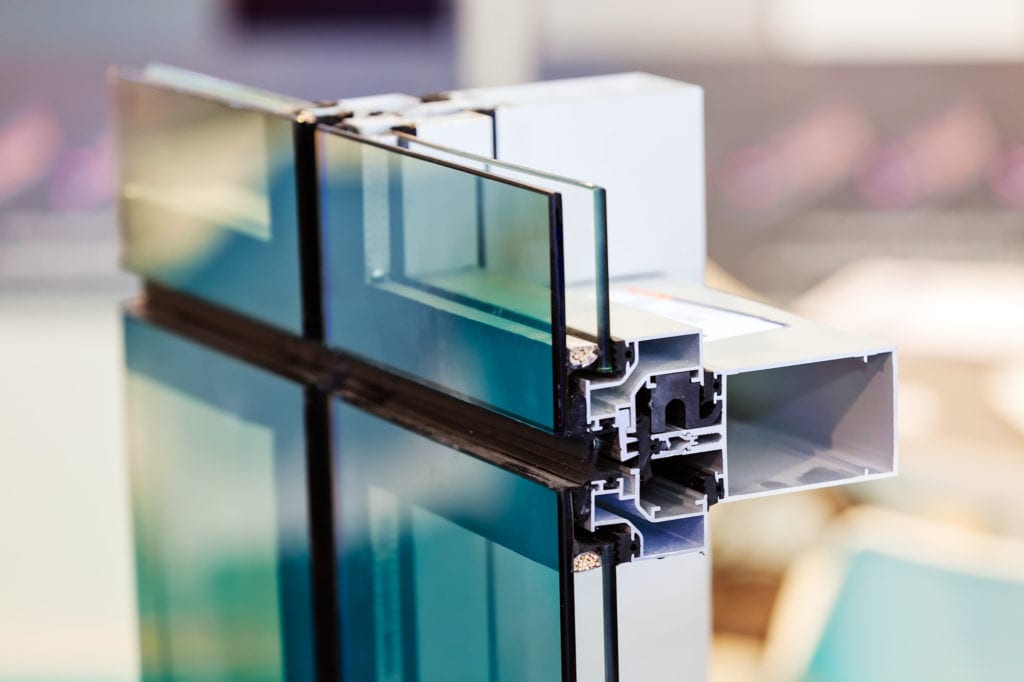All Categories
Featured
Table of Contents
Double Glazed Windows – Their Amazing Benefits For ... in Ridgewood Western Australia
That window can send more solar heat in winter than in summertime. A west-facing window on a summer's afternoon has an angle of incidence from near 0 approximately 30 with a large reliable location of solar radiation. A north-facing window, in summer, has a high angle of occurrence and a low effective location of solar radiation, so can transfer less heat than a west-facing one.

You can rapidly and quickly enhance the thermal efficiency of your home by replacing your windows. There are thousands of types of glass and frames to pick from.
Twinglaze® Double Glaze Specification Act - Vic in Mount Claremont Perth
There are many various kinds of glass items to pick from. Single glazing utilizes a single pane of glass. Single glazing with clear glass is not really effective when it comes to heat loss or gain. To enhance performance, you can utilize single glazing with a more energy-efficient kind of glass such as low emissivity (low-e) glass.
Numerous layers can be assembled with sealed cavities in between each sheet of glass. IGUs generally offer much better energy efficiency than single glazing, due to the fact that they transmit less energy. The energy efficiency of IGUs also depends on: the properties of each layer of glass. Various glass types (for instance, clear and low-e glass) can be assembled in an IGU.
Does Double Glazing Reduce The Heat In Brisbane's Summer? in Burswood WA

IGU cavities can be filled with air or a more inert, low-conductivity gas such as argon the width of the cavity. Cavity thickness is generally 6 to 18mm. Broader cavities offer lower (much better) U worths, with 12mm typically accepted as the preferred gap how well the cavity is sealed. Cavities need to be dry and well sealed to prevent wetness getting in.
If argon is installed to the cavity in location of air, wetness is dependably excluded the level of desiccant (drying agent). The spacer (metal or polymer strip) that separates the glass layers includes a desiccant to soak up any moisture. Inadequate desiccant might cause wetness to condense on the glass surface in cold conditions, lowering thermal performance.
Which Type Of Double Glazed Window Frame Is Right For You? in Bateman WA
IGUs can deliver better energy efficiency for all environments, specifically in heated and air-conditioned houses. Cross-section information of single, double and triple-glazing units Low emissivity glass (commonly called low-e glass) decreases heat transfer. Low-e glass may be either high or low transmission: High transmission low-e glass has a coating that permits daylight from the sun to enter your home to attain great solar heat gain, however minimizes the amount of the long wavelength infrared heat that can get away back through the window.
Low-e glass has either a pyrolytic covering or a vacuum-deposited thin film metal coating. Pyrolytic finishings are durable and can be used for any glazing; vacuum-deposited coatings are soft and are only utilized within IGUs. Low-e coatings can significantly improve both U value and SHGC; nevertheless, they must be used properly or they will either deteriorate or fail to carry out as required.
Why Double Glazing Keeps Your Home Cooler In Summer? in Landsdale WA
Low-e coatings can be utilized in combination with clear, toned or reflective glass. Low-e finishings on glazing can minimize heat transfer where needed Photo: Department of Market, Science, Energy and Resources Toned glass has colouring additives consisted of during manufacture. It is available in numerous colours, normally bronze, grey, blue and green.
Latest Posts
Faq in Bedfordale Perth
What Are Double Glazed Windows? - Build in Duncraig Western Australia
Single Glazed Vs Double Glazed Windows - Ultimate Guide in Kensington Perth